
Families enjoy puzzle-solving challenges while learning about the castle and city centre of Lorca A new addition to the already wide range of visitor activities for visitors has been announced at the castle and in the old city centre of Lorca, where the popular “Marco Topo” family gymkhana trails have been introduced and are proving extremely popular. This means that Lorca now joins a network of over 80 Marco Topo destinations all over..
READ MORE

The procession of the Stations of the Cross has been held in Lorca on Good Friday for over 400 years In March 2025 a new museum was opened in Lorca devoted entirely to the “Via Crucis” which is held every year during the famed Semana Santa celebrations in the city, with the purpose of holding a range of exhibitions throughout the year. The MUVIC museum already includes many items related to the procession along the Stations of the Criss..
READ MORE
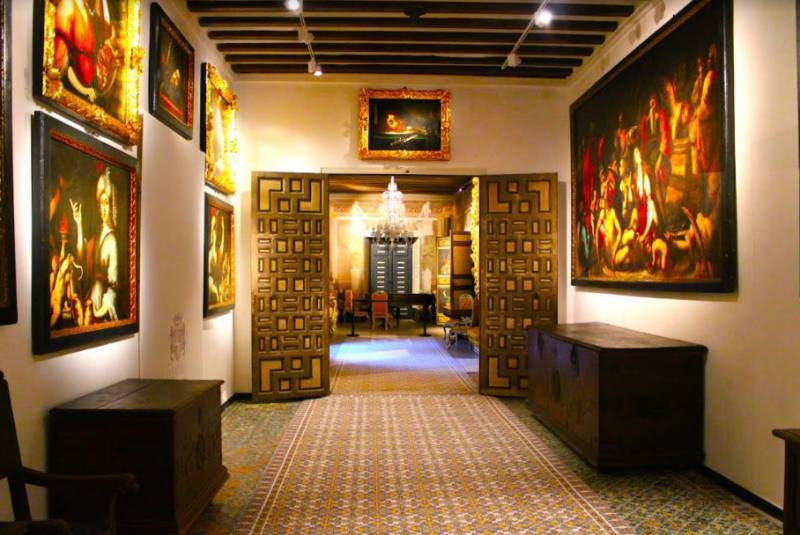
The palatial residence contains antique furniture from the last 350 years and important works of art Almost 13 years after the Casa de Guevara was closed to visitors after being damaged in the earthquakes which hit the city of Lorca on 11th May 2011, the palatial residence has now been fully restored and converted into a museum which opened to the public on 28th February 2024. Entering through the main doorway, built in the style of an altarpiece..
READ MORE
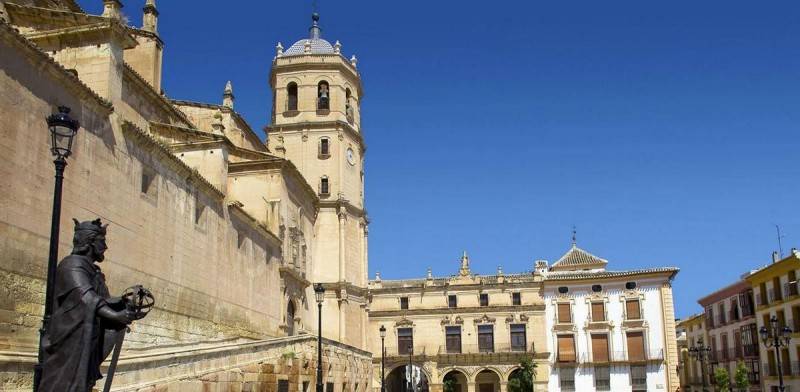
Visit and learn about the former Collegiate Church of San Patricio at your own pace A new tour is being offered in Lorca this summer of the former Collegiate Church of San Patricio, enabling both visitors and locals to enjoy the artistic heritage of the historic city every day of the week except on Mondays through visits in which audio guides are available in Spanish, English and French. These audio guides can be used either with headsets or..
READ MORE
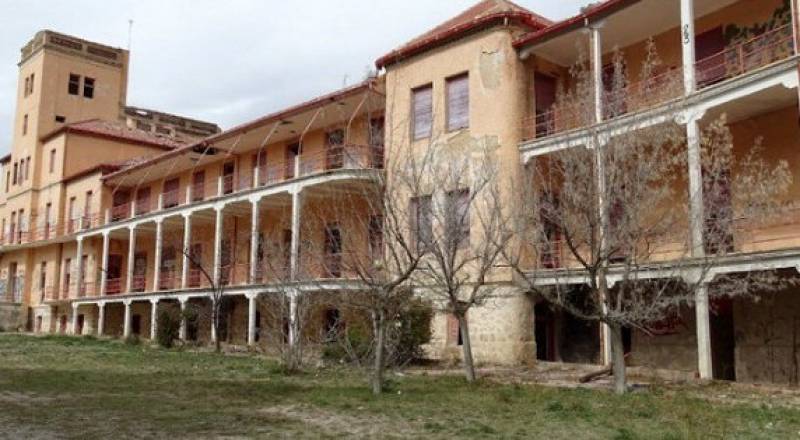
Locations to send chills down your spine even in the heat of the Costa Cálida summer! The Region of Murcia is renowned for its sunshine, the warmth of its climate and its people, the good living and the delicious food, but even the Costa Cálida has its darker, colder side… 1. The Sanatorium of Sierra Espuña Throughout the western world in the early years of the 20th century many sanatoria were built to house and treat orphans..
READ MORE
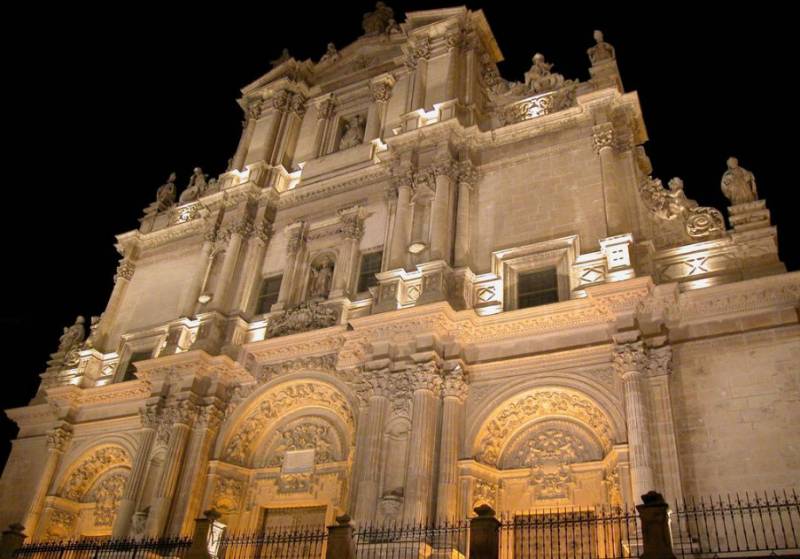
A great way to enjoy 12 months of reduced price admission to most of the major tourist attractions in Lorca The attractions of the historic city of Lorca are so numerous that they are best visited over a couple of days, a week or throughout the year, and the Lorca y Tú discount card offers complete freedom to get to know the city over a period of 12 months without rushing round and missing fascinating details. Among the benefits for cardholders..
READ MORE
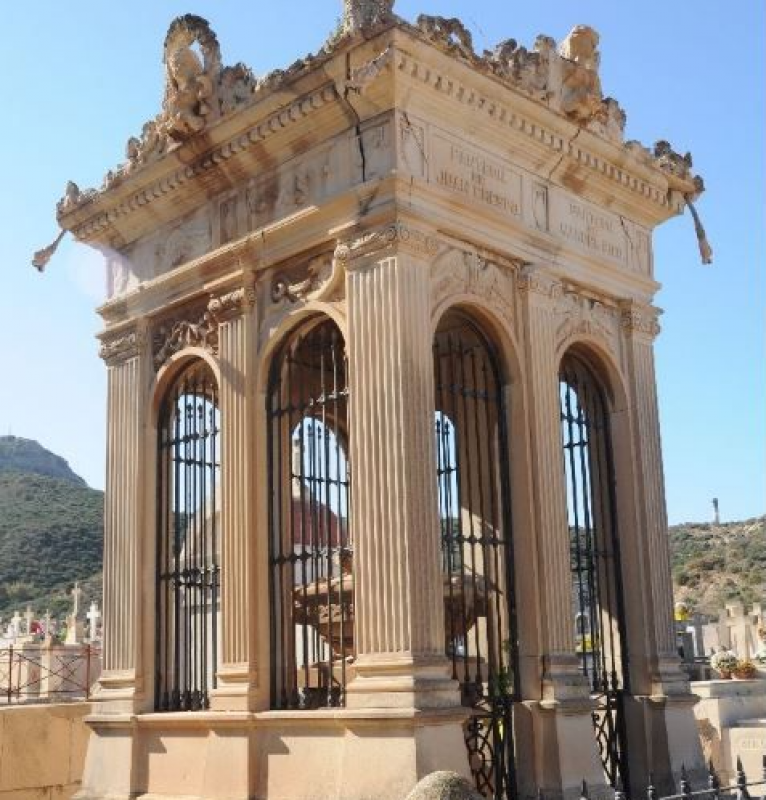
The state of ruin of the structures has prompted their inclusion on the Red Heritage List Four architectural buildings in the Region of Murcia are very different from each other in terms of time period and design, but they share one common trait: the fact that they are all in a state of ruin and tragically, in danger of disappearing altogether. For this very reason, all four have been added to the Red Heritage List prepared by the..
READ MORE
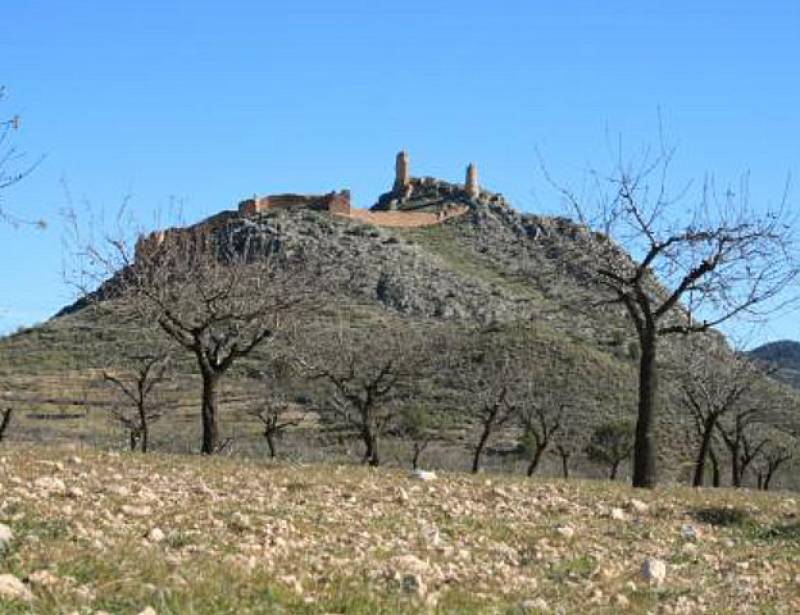
A Moorish fortress on the Murcia-Andalucia boundary which was captured by Christians from the Moors in the 13th century The fortress of Xiquena is a ruined fortification very close to boundary between Murcia and Andalucía in the north-west of the large municipality of Lorca, alongside the C-22 road which leads from La Parroquia to the Almería town of Vélez-Rubio. This has been frontier country ever since the Christian forces took control..
READ MORE
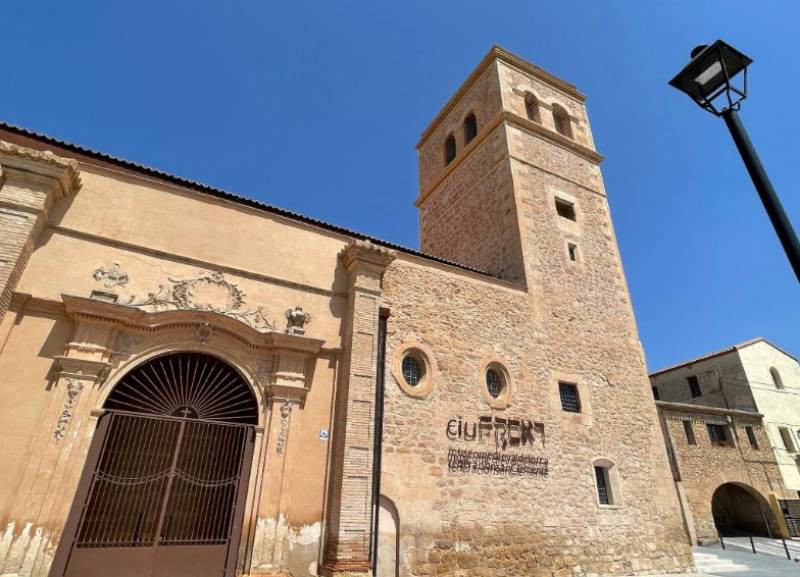
The CiuFRONT is housed in the old church of Santa María la Mayor in Lorca The church of Santa María La Mayor The church of Santa María la Mayor in Lorca is one of the oldest still standing in the city, and to understand the location and circumstances in which it was built it is necessary to go back to the 13th century, when the territory now known as the Region of Murcia was conquered by Christian forces of the Kingdom of Castilla after..
READ MORE
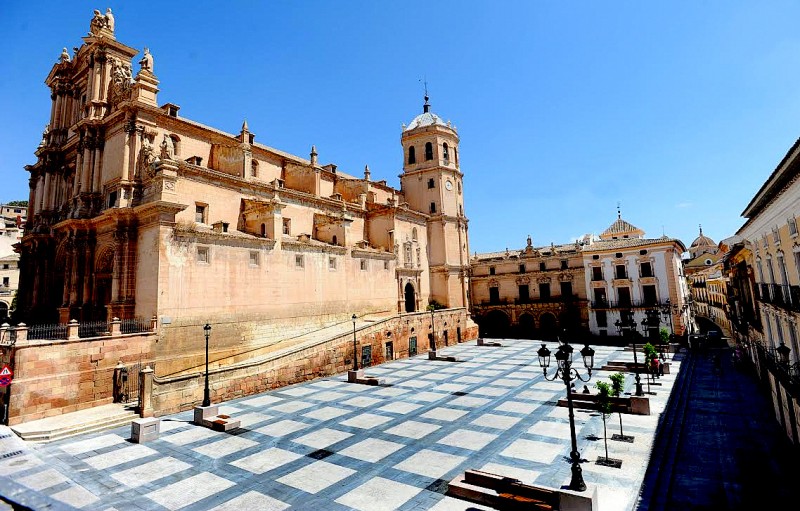
Buildings representing religious and political power cluster around the main square of Lorca The Plaza de España is the main central square in Lorca, and is surrounded by various of the oldest, largest, most important and most impressive buildings in the historic city. Chief among these are the Town Hall, or Casa Consistorial, which dates from the 18th century, and the former Collegiate Church of San Patricio, which was built over a period..
READ MORE
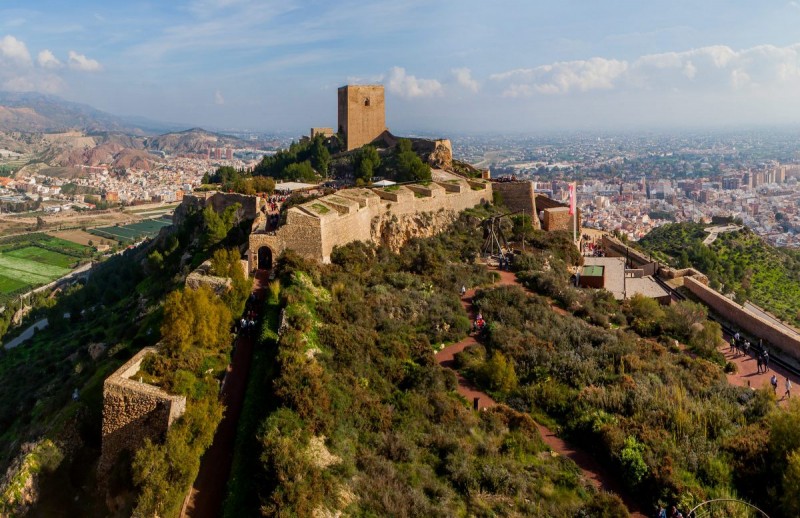
The imposing might of the Fortaleza del Sol in Lorca A visit to Lorca castle makes the centrepiece of a great day out for families or those with an interest in history, its spacious grounds hosting several interesting displays which focus on Medieval Murcia and the many cultures which have shaped the Region throughout its long history. Nicknamed the Fortaleza del Sol (the fortress of the sun), the castle was never taken by force at any..
READ MORE
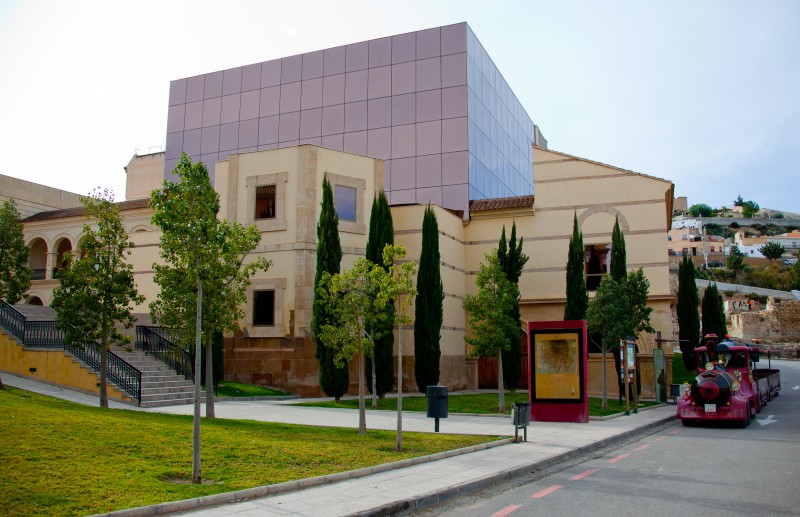
The Lorca visitors’ centre in the former Convent of La Merced A good starting point for anyone visiting Lorca for the first time is the Centro de Visitantes located in the Antiguo Convento de la Merced. This an excellent base from which to work as it is easy to find and there is plenty of parking alongside, making it a good location from which to pick up a map and head into the narrow streets of the city centre on foot, without becoming..
READ MORE
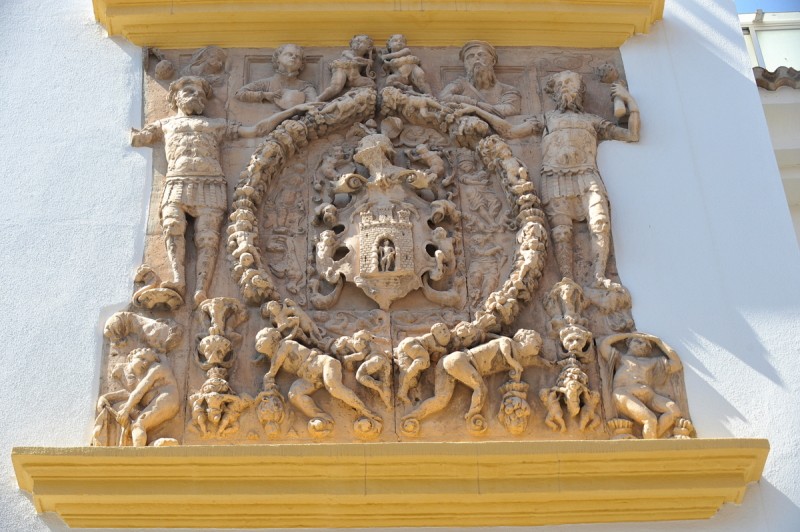
The finest of all the sculpted coats of arms in Lorca The “Escudo de los García de Alcaraz” is one of the many emblems and shields which have led to Lorca sometimes being known as the “Ciudad de los Cien Escudos” (the city of 100 coats of arms), and is located in Calle del Álamo, just off the main central street of Calle Lope Gisbert and almost opposite the Palacio de los Guevara. Unusually, though, this sculpted coat of arms..
READ MORE
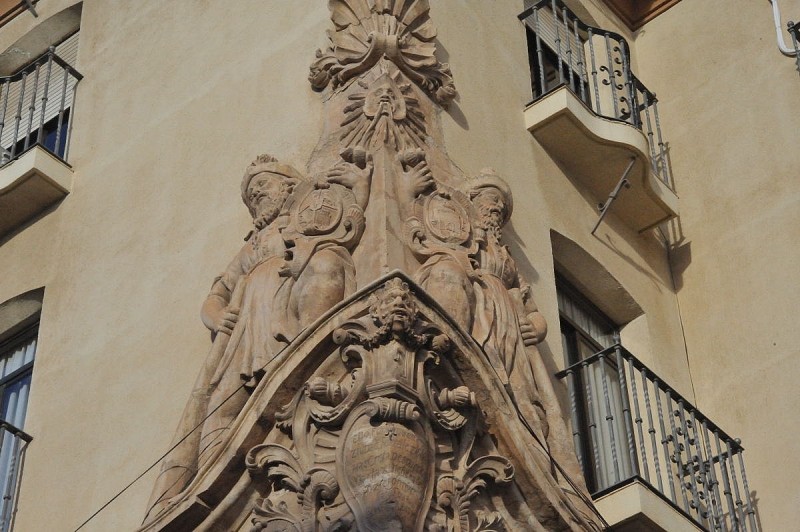
The former home of the Town Hall and the royal delegate to Lorca is next to the Town Hall The Casa del Corregidor in Lorca was originally built as the seat of the city council (or “Concejo”), a purpose which it served until 1740. At that point it was ceded as home to the “Corregidor”, whose official role was to see that the laws of the Monarch were duly applied in Lorca, and it is therefore fitting that the building is now home to..
READ MORE
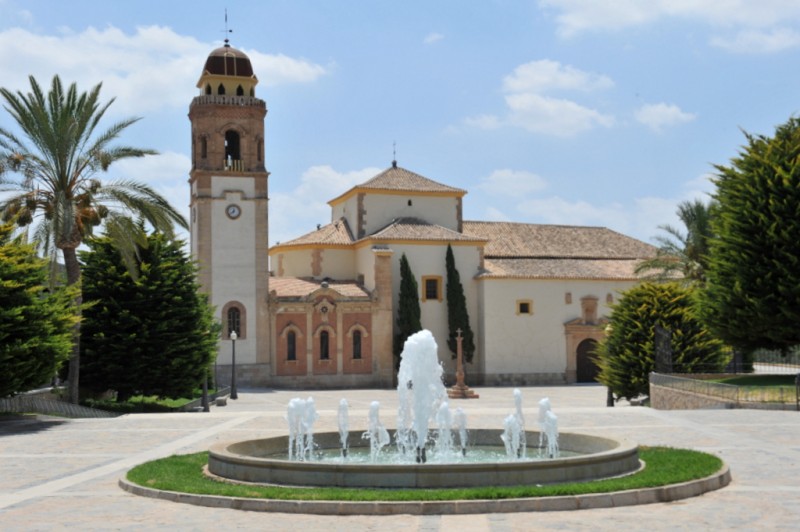
The Franciscan Order built their first church in Lorca on the remains of a Moorish palace The convent and Sanctuary of the Virgen de las Huertas is outside the city centre of Lorca, on the southern side of the River Guadalentín, and is devoted to one of the patrons of the city, a legendary apparition of the Virgin Mary in the 13th century. This is the only remaining functional Franciscan monastery in Lorca, and has acquired further significance..
READ MORE
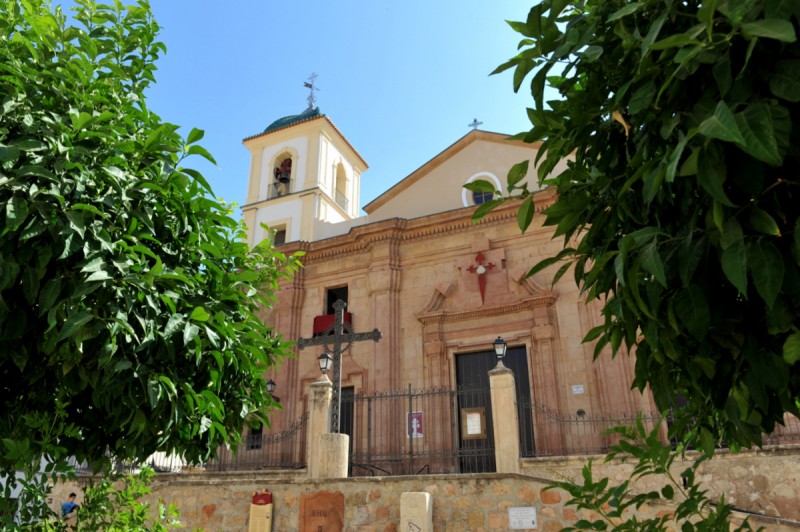
No church in Lorca suffered worse damage in the 2011 earthquakes than the Iglesia de Santiago The church of Santiago is one of many in Lorca, and although it is not the oldest, the largest or the most important in religious terms it has in many ways become the most emblematic in the city during recent years. This is because when Lorca was hit by two earthquakes on 11th May 2011 no church suffered more extensive damage than the one dedicated..
READ MORE
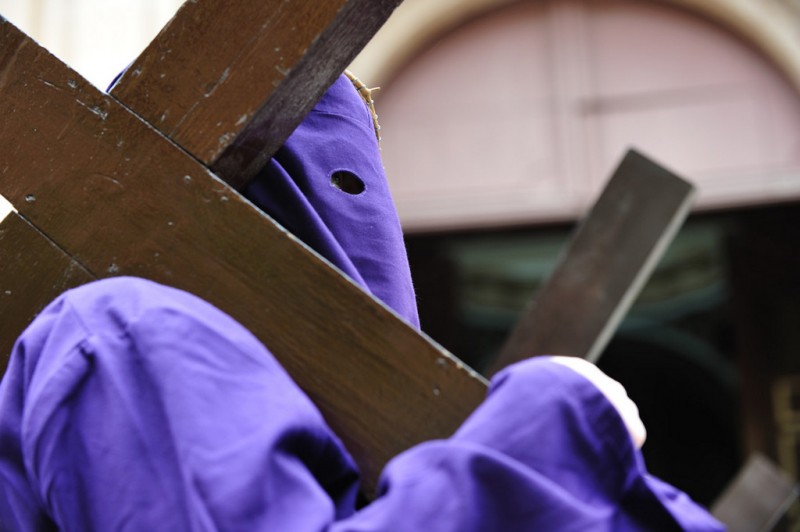
The church was built by the Carmelites following their arrival in Lorca during the early 18th century The church devoted to the Virgen del Carmen in Lorca is one of the most impressive seen from the outside, and reflects the importance of the Carmelite Order in the city since it first became established here in 1712. It is also the religious seat of the Paso Morado, one of the brotherhoods which organize and take part in the spectacular Semana..
READ MORE
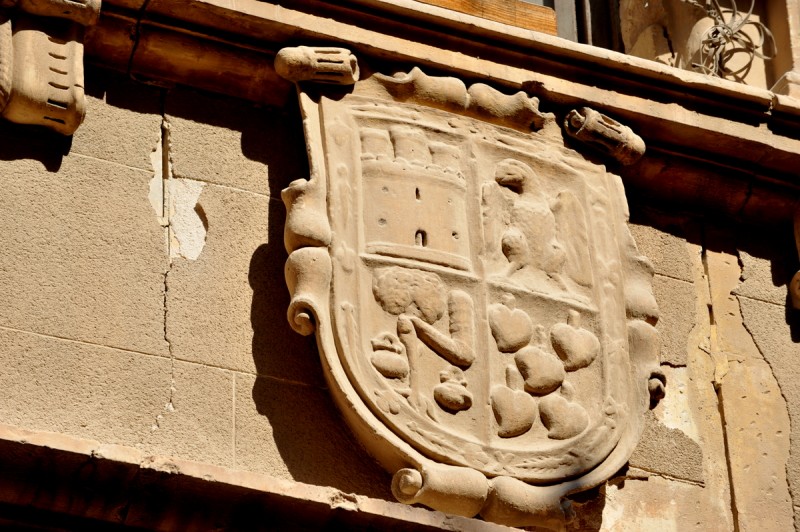
A 16th century aristocratic residence in the historic centre of Lorca The Casa de los Pérez-Monte, also known as the Casa de los Irurita and Edificio Castelar, is one of the many palatial residences which were built by wealthy aristocratic families in past centuries in Lorca, earning the city the nickname of “La Ciudad de los Cien Escudos (the city of 100 coats of arms). Originally this property was built in the Renaissance style during..
READ MORE
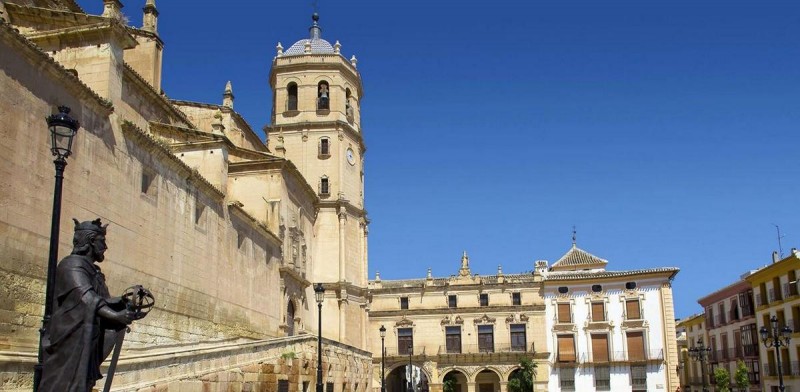
The Excolegiata is a cathedral-sized church in Lorca built between the 16th and 18th centuries Of all the historic and monumental buildings in Lorca perhaps the most important is the Excolegiata (or Antigua Colegiata) de San Patricio, which was originally built to commemorate a victory in battle over the Moors in the 15th century and now boasts one of the best examples of the typical Murcia baroque façade in the whole of the Region. Situated..
READ MORE
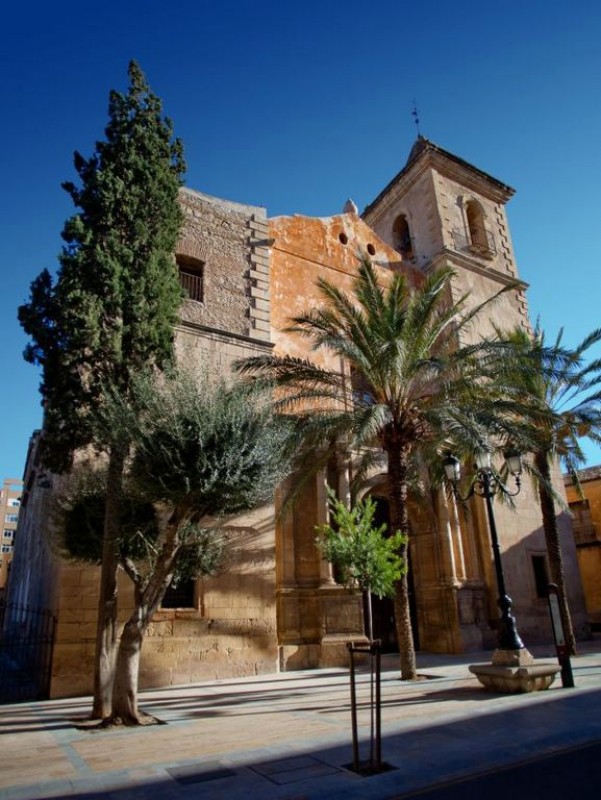
This Lorca church was begun by the Jesuits before they were expelled from Spain in 1773 Construction of what is now the parish church of San Mateo (Saint Matthew) in Lorca was started by members of the Jesuit Order after they were granted permission by King Carlos III of Spain in the late 18th century, but in fact construction took over a hundred years and was not completed, well after the expulsion of the Jesuits the until the 20th century...
READ MORE
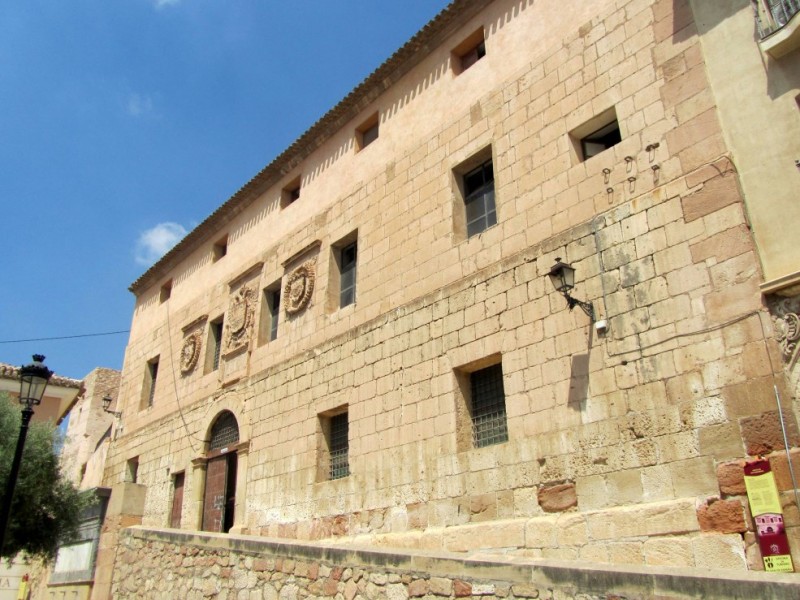
The Pósito is now home to the municipal historical archive of Lorca The Pósito de los Panaderos is one of the historic buildings clustered around the Plaza de España and the Plaza del Caño in the centre of Lorca, and dates from the centuries when the supply of food to the population was strictly governed and administered by the local authorities. Although it dates from the 16th century this was the building where cereals were stored..
READ MORE
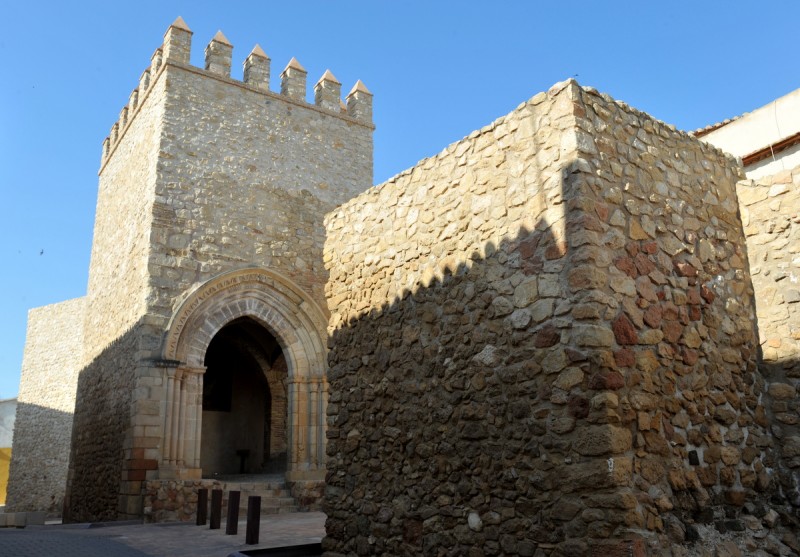
The gate of San Antonio stood on the eastern side of the defensive wall of Lorca The Porche de San Antonio is the only remaining medieval entrance gate left in the whole of the Region of Murcia and is just one of the gates which used to provide entrance through the city wall of Lorca. This was once a significant structure which surrounded the hill on which the castle stands and enclosed the residents safety behind a stone ring measuring..
READ MORE
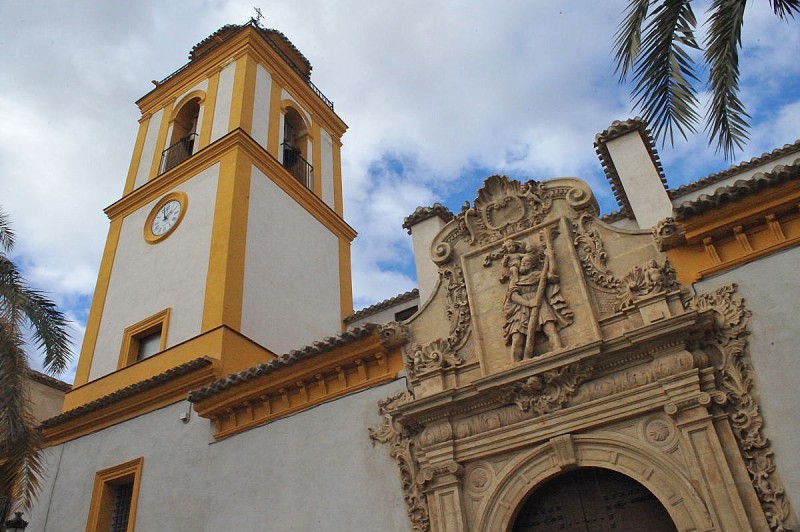
The church is the religious home of the Paso Encarnado in Lorca CLICK ON GALLERY IMAGES TO ENLARGE The church of San Cristóbal in Lorca is an unusual one in terms at least of its location, in that it stands on the “wrong” side of the River Guadalentín, away from the other monumental places of worship in the historic city centre. San Cristóbal is a baroque building in the district of San Cristóbal, which was already an outlying..
READ MORE
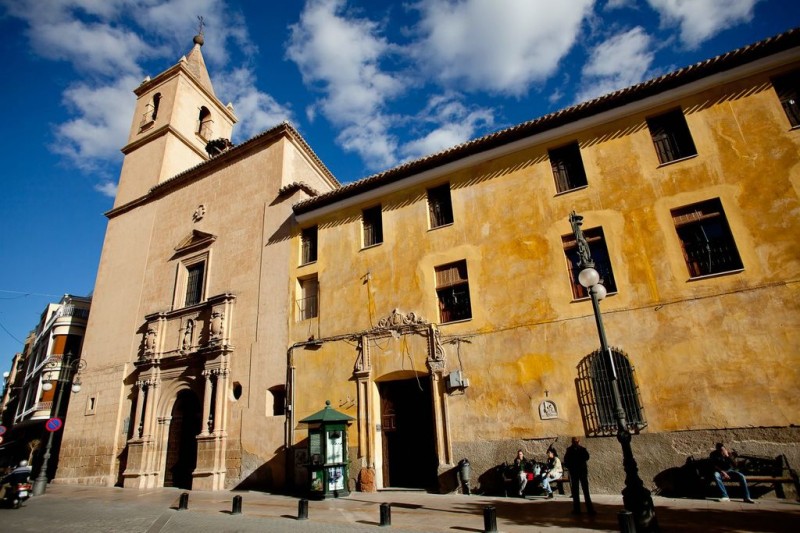
The Iglesia de San Francisco is the home of the Paso Azul in Lorca The 17th and 18th century church belonging to the monastery of San Francisco in Lorca is inextricably associated with the Hermandad de los Labradores, otherwise known as the Paso Azul, and in fact stands alongside the building in which the brotherhood’s Museo Azul de la Semana Santa is housed. This museum contains many of the elaborate embroideries for which the Lorca Easter..
READ MORE
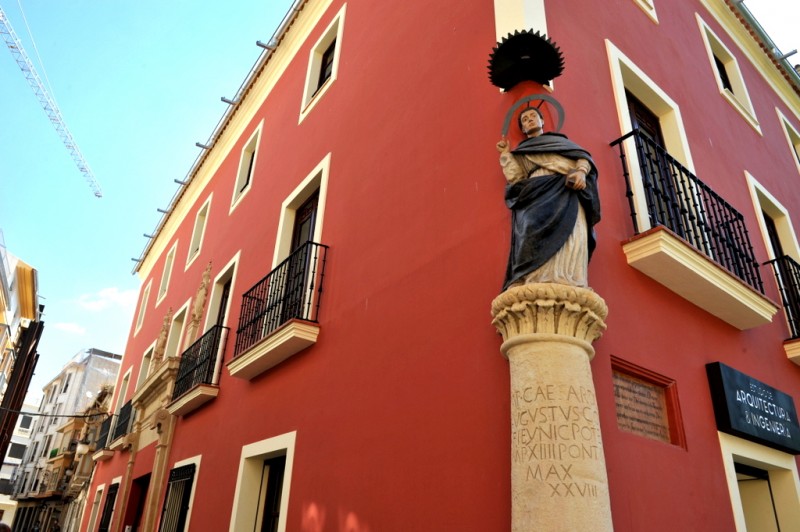
A historic and prestigious family residence in Lorca featuring a Roman milestone at one corner The Casa de los Marín Ponce de León is one of the many palatial residences which were built by wealthy aristocratic families in past centuries in Lorca, and was originally constructed in the 17th century on the busy Calle Corredera, at the corner with the Glorieta de San Vicente, and belonged to one of the most important aristocratic families in..
READ MORE
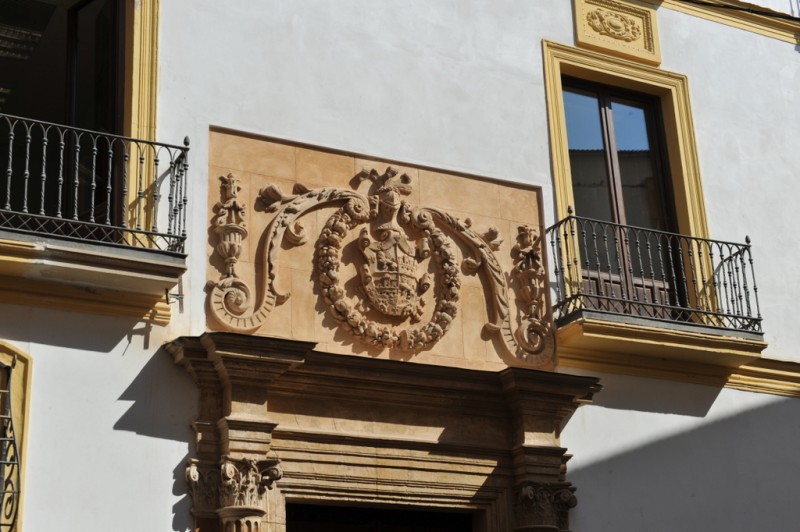
The 16th century noble residence is now home to the municipal archive of Lorca The Casa de los Alburquerque is one of the many noble houses and palatial residences in Lorca which led to it being nicknamed the “Ciudad de los Cien Escudos”, or the city of 100 coats of arms. It is located in Calle Selgas, the street which leads through the archway under the Casa Consistorial (or Town Hall) into the Plaza de España, and was built in..
READ MORE
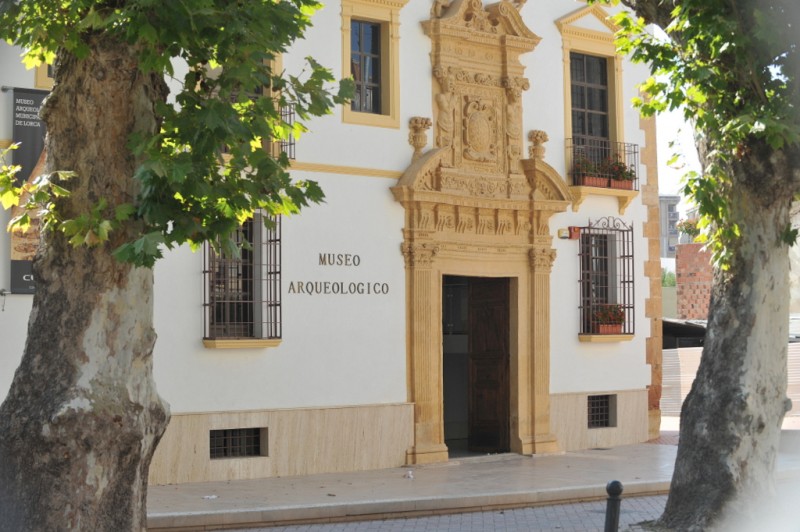
The oldest cloth in Europe and a journey through the history of Lorca from pre-history until the 15th century By no means every town or city in Spain has enough archaeological wealth to boast its own museum, but in the case of Lorca the sites which are dotted around the huge municipality have provided so many items of interest dating from pre-history to the Middle Ages that the impressive facility housed in the Casa de los Salazar Rosso almost..
READ MORE
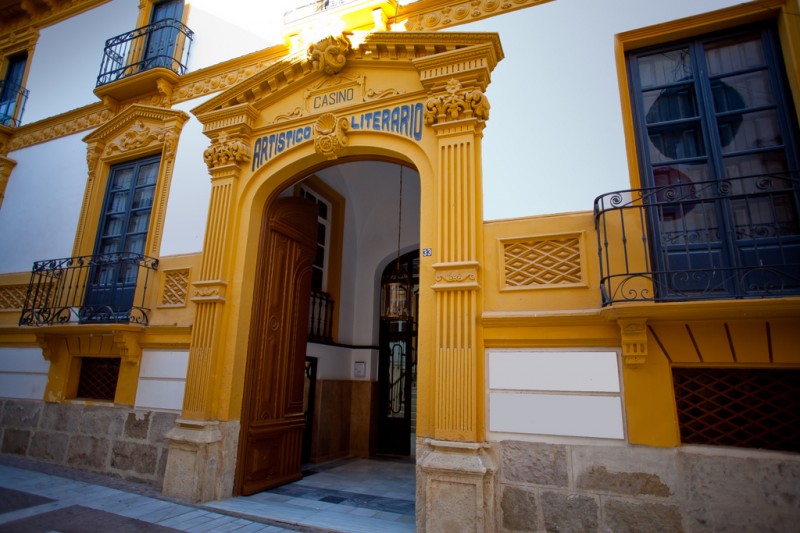
The Artistic and Literary Casino of Lorca was built in the late 19th century It is a common misconception among native English speakers that the word “casino” refers exclusively to a place for gambling, but in Spain these institutions first emerged as a place in which members of the upper classes, almost always men, could meet, gather and discuss important ideas as well as promoting the spread of cultural activities and education. This..
READ MORE
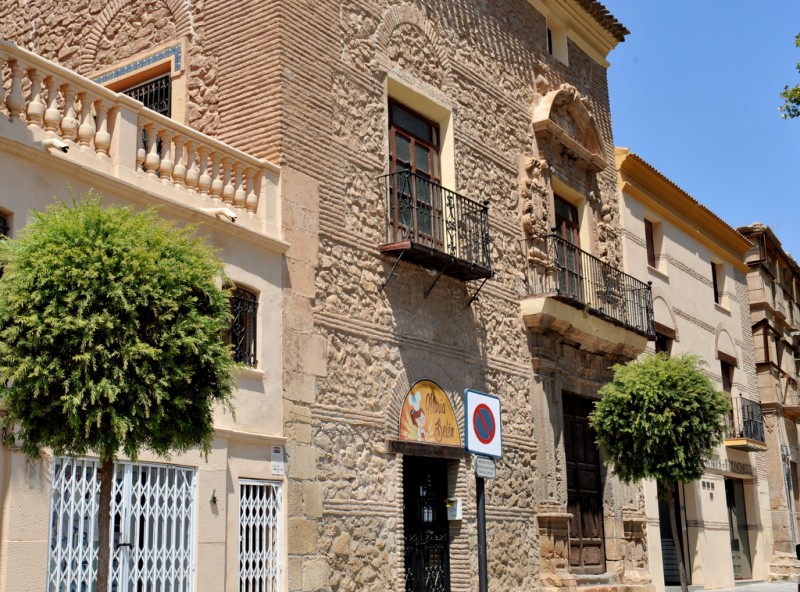
An 18th century residence in the Plaza de Juan Moreno in Lorca The 18th-century Casa de Los Mula, also known as the Casa de los Menchirón Pérez-Monte, is one of the palatial residences which during the 16th, 17th and 18th centuries came to symbolize the power and wealth of the city of Lorca, and led to its being nicknamed the “Ciudad de los Cien Escudo” (the city of 100 coast of arms). The building was completed in 1711, the date..
READ MORE
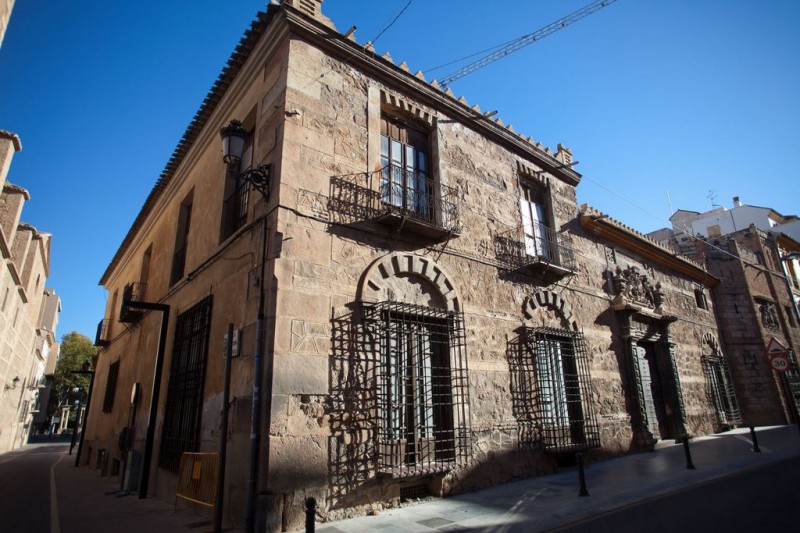
A fortress-like family residence in the historic centre of Lorca The Casa de los Condes de San Julián is one of the many palatial residences which were built by wealthy aristocratic families in past centuries in Lorca, earning the city the nickname of “La Ciudad de los Cien Escudos (the city of the 100 coats of arms). This home was originally built in the 17th century as the residence of the Pérez de Meca family, but has since been..
READ MORE
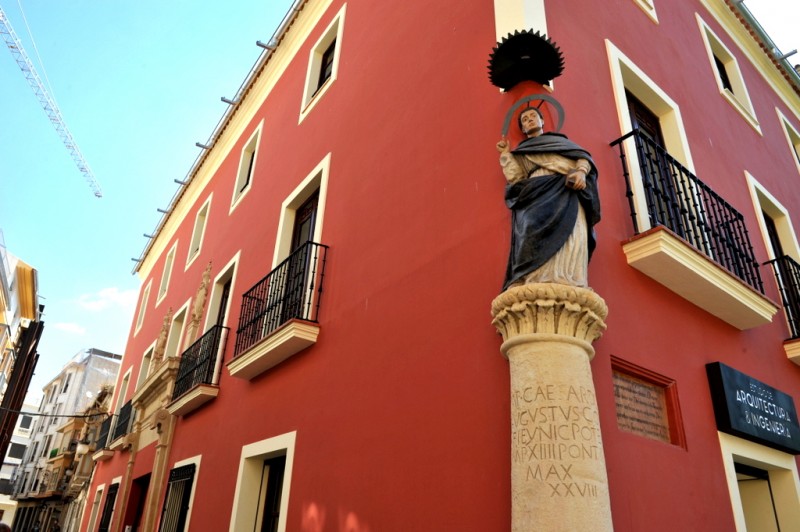
The most visible milestone in Lorca is a replica which is now part of the Casa de los Marín Ponce Relatively little is known about Lorca during the centuries of Roman occupation in the Iberian Peninsula, except that it was known as Eliocroca (see the second of three articles related to the history of Lorca), but what is certain is that it was a fairly important stopping-off point and trading post on the main communications routes which linked..
READ MORE
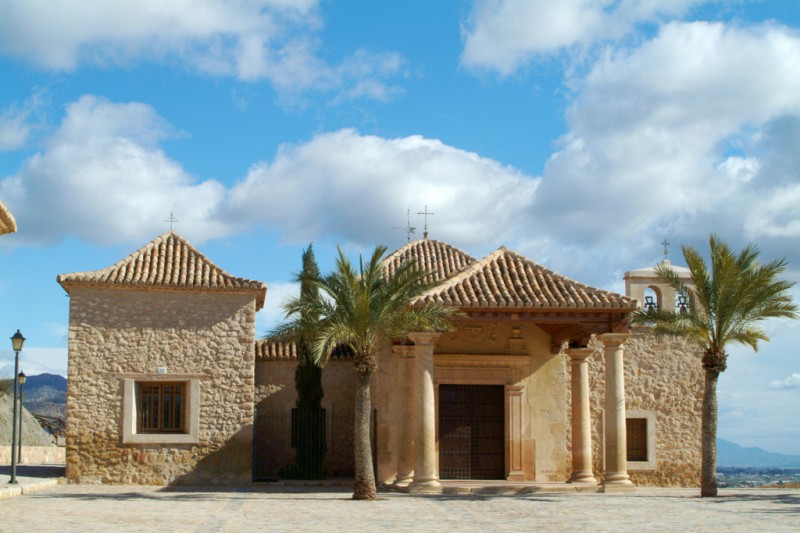
A little known location which should be on the map for every visitor to Lorca In Lorca the traditions of Semana Santa, or Easter Week, run especially deep, and perhaps this is nowhere better illustrated than in the small church known as El Calvario which stands on a rocky outcrop just outside the northern edge of the city. El Calvario, or Mount Calvary, is the last of the 14 Stations of the Cross on the Via Crucis route which is followed..
READ MORE
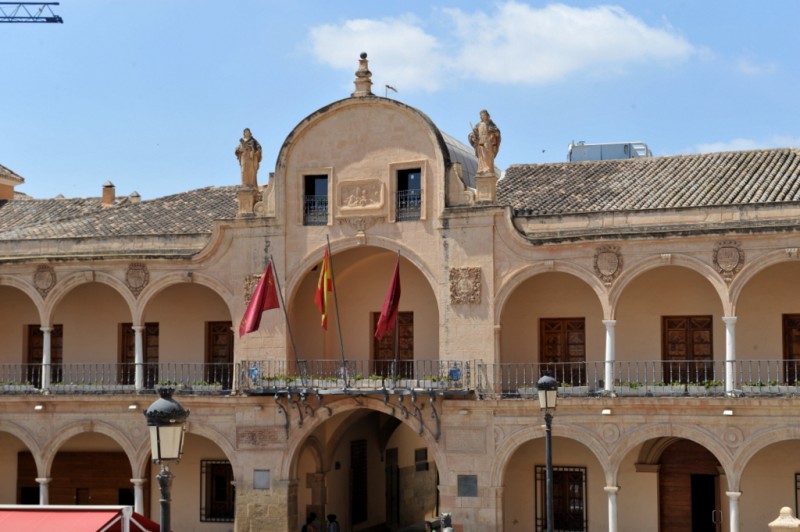
The Town Hall of Lorca was originally a prison before suffering earthquake damage The Casa Consistorial is the name given in Lorca to the main Town Hall building, which stands at one end of the Plaza de España in the city centre almost opposite the former Collegiate Church of San Patricio. In the past the building which stood on this spot was the Royal Prison of Lorca, built in 1520, but it was badly damaged by an earthquake in 1674 and..
READ MORE
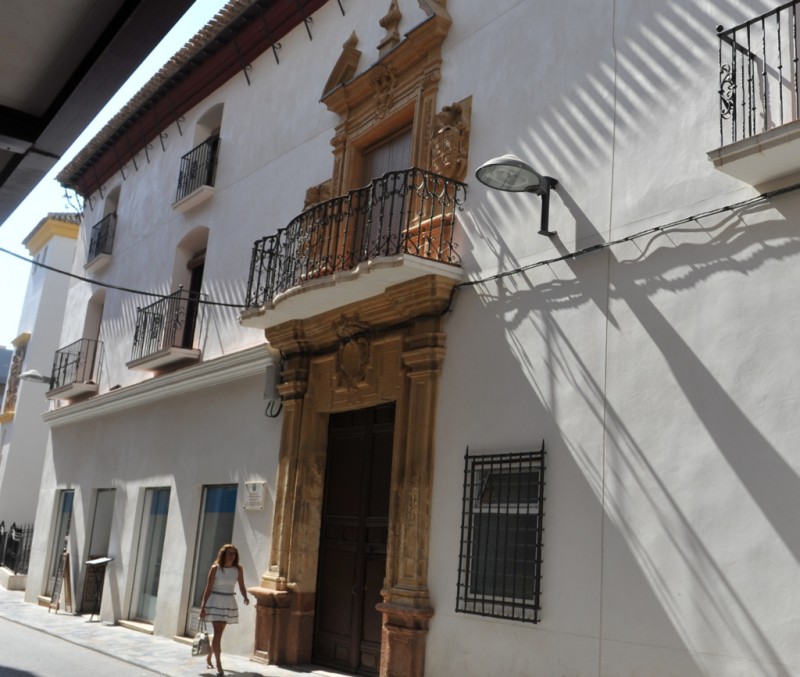
Musso Valiente was an influential Lorca-born writer and politician in the early 19th century The former home of José Musso Valiente is one of the many noble residences to have been returned to their former splendour in the centre of Lorca following the earthquakes which struck the city on May 11th 2011, and can be found close to the corner of Calle del Álamo and Calle Lope Gisbert. The building has now been converted into apartments..
READ MORE
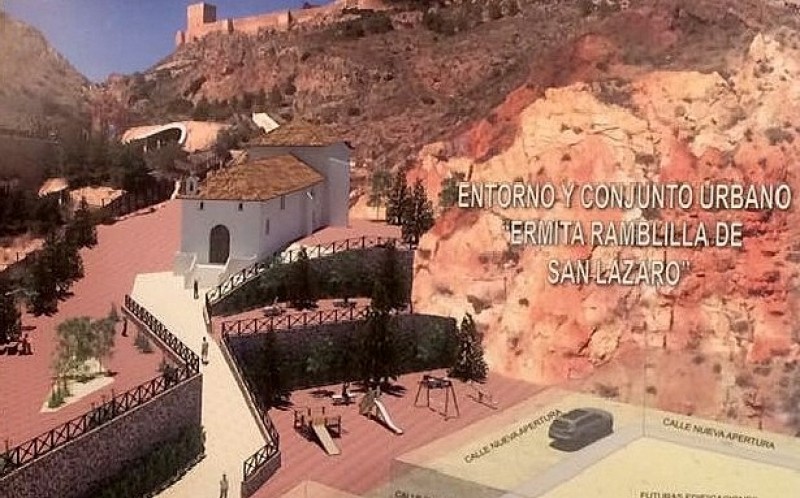
The 15th century chapel on the lower slopes of the castle hill in Lorca has been recently restored The chapel of San Lázaro is on the edge of one of the higher quarters of Lorca, on the slopes of the hill on top of which the castle and the Parador hotel stand, and was in ruins at least since the Spanish Civil War (1936-39), up until an extensive, 2-year, €1m renovation project was completed in 2022. Its history is, to say the least..
READ MORE
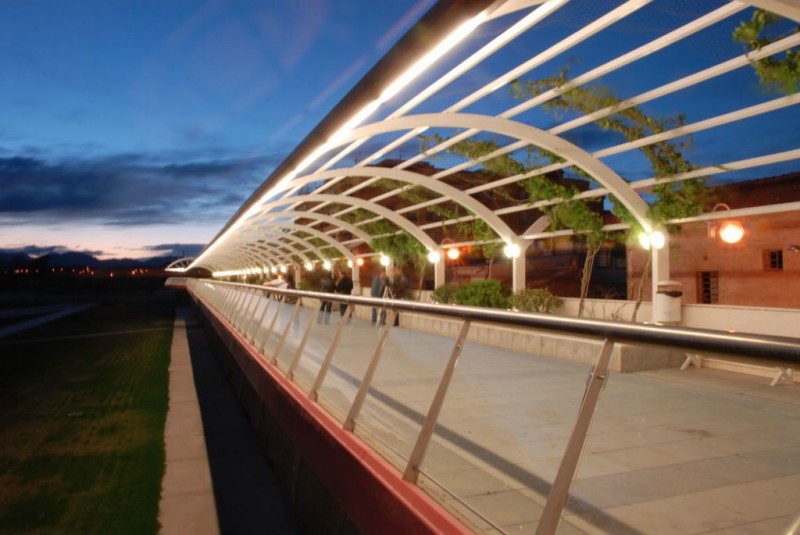
The oval-shaped footbridge spans the Guadalentín in the centre of Lorca The Pasarela Manterola is a pedestrian bridge in Lorca which crosses the river bed of the Guadalentín, a channel which is usually dry but can become a raging torrent during occasional episodes of flash flooding. The bridge was designed by Javier Manterola, who was born in Pamplona in 1936, and named after the architect, although a proposal was passed in council in..
READ MORE
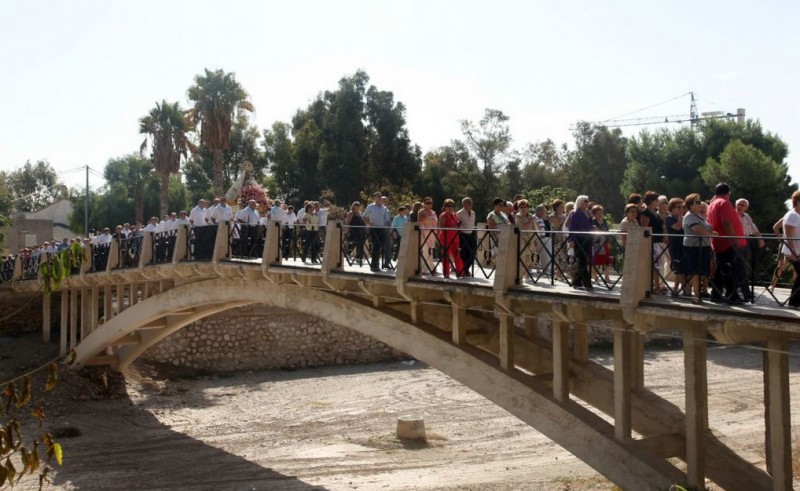
The footbridge was built in 1910 and links the Alamedas of Lorca with the Santa Quiteria events venue The Puente de la Torta is a footbridge in Lorca which crosses the Rambla de la Tiata in the eastern outskirts of the city, linking the leafy Alamedas with the Santa Quiteria trade fair and events venue and the district in which the convent and church of the Virgen de las Huertas are located. The bridge was designed by engineer Francisco..
READ MORE
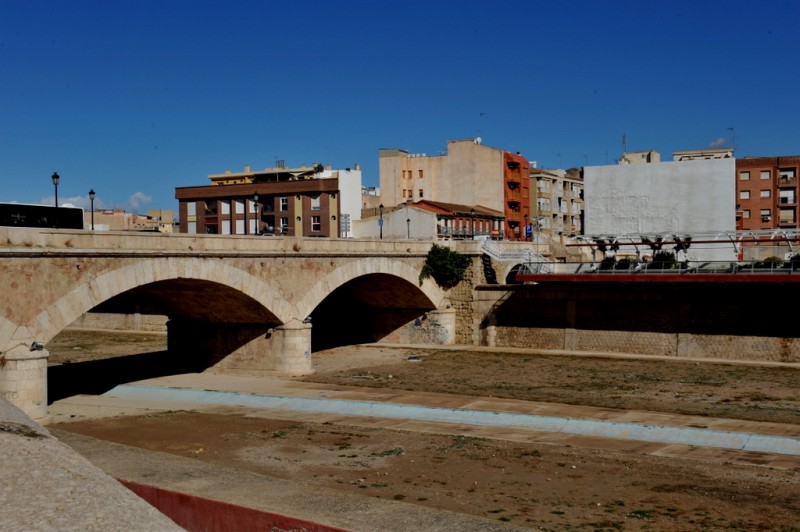
The main bridge of Lorca has withstood various flash floods since it opened in 1879 Also known as the Puente del Barrio, because it connects the city centre of Lorca with the Barrio (or district) of San Cristóbal, the Puente de la Alberca was built by engineer Juan Moreno Rocafull and was officially opened in 1879. Its solid but elegant design, with three wide arches, owes much to the nature of the River Guadalentín, which the bridge..
READ MORE
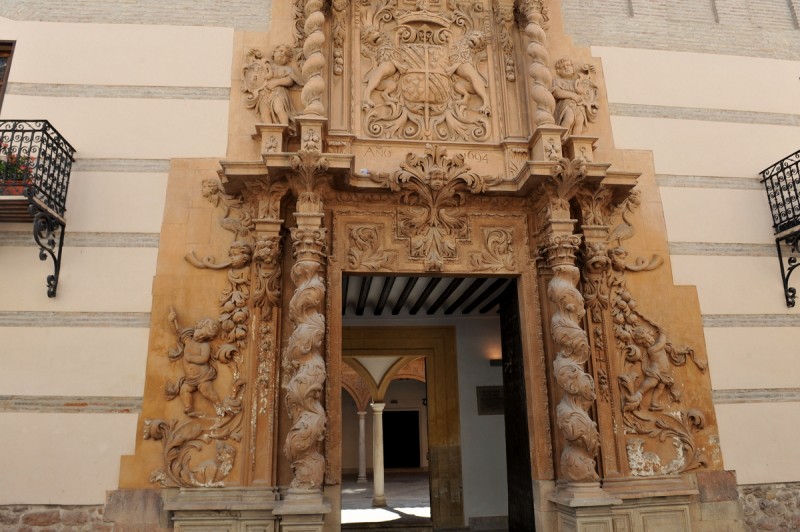
A magnificent 17th century baroque residence in the centre of Lorca The Palacio de Guevara, sometimes known as the Casa de las Columnas, is the most representative baroque building in the historic city centre of Lorca, and was officially recognized as an Item of Cultural Interest in 1984. Located on Calle Lope Gisbert alongside many other of the sumptuous residences occupied by the aristocracy of Lorca in the 18th and 19th centuries, it was..
READ MORE
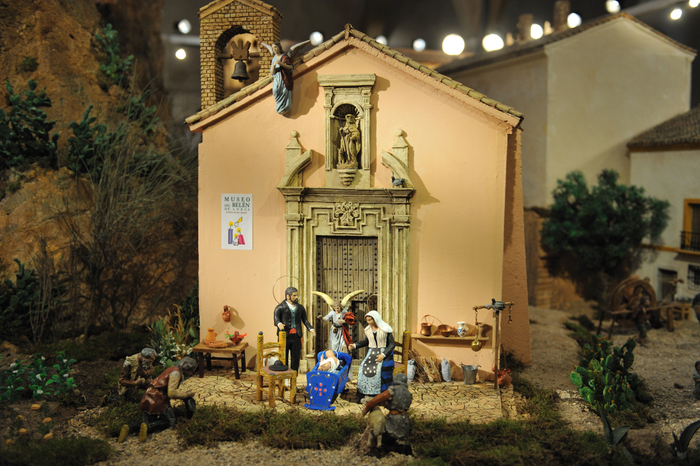
The hermitage has been converted into a belén museum The modest Ermita de San Roque y San Sebastían church in Lorca is the oldest in the city, having stood since the 14th century on a spot commanding impressive views in the Altamira area. The simple late 17th century main façade by Juan Caro Serrano is very reminiscent of the nearby Church of San José, with its Doric columns and the central niche. Inside, the single nave is flanked by brickwork..
READ MORE
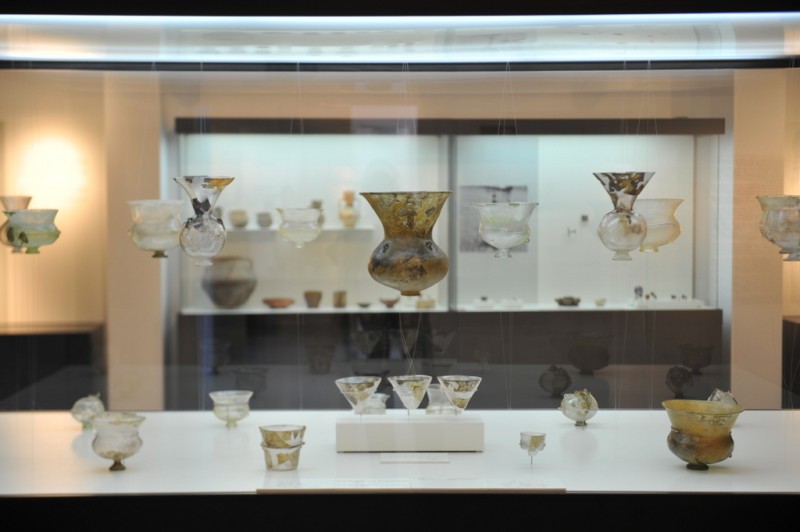
These were discovered during works to build a new Parador Hotel During construction works to build the Parador Hotel in Lorca, the remains of the only known medieval synagogue within the Region of Murcia was discovered, as part of the Jewish quarter inside the fortified walls of the Mediaeval castle. The Synagogue is the only one known to exist in Spain which has not been re-used as a religious building following the tumultuous events of..
READ MORE
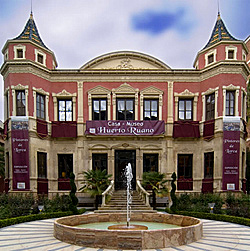
The Huerto Ruano is the best example of Modernist and Eclectic architecture in Lorca The Palacete Huerto Ruano is one of the more recent palatial residences built by the wealthy and the aristocracy in Lorca, and dates from the 19th century, when Raimundo Ruano brought back to the city a taste for the architecture and culture of Edinburgh, where he had been away for a while in the course of his work. The result is an eclectic Modernist building..
READ MORE
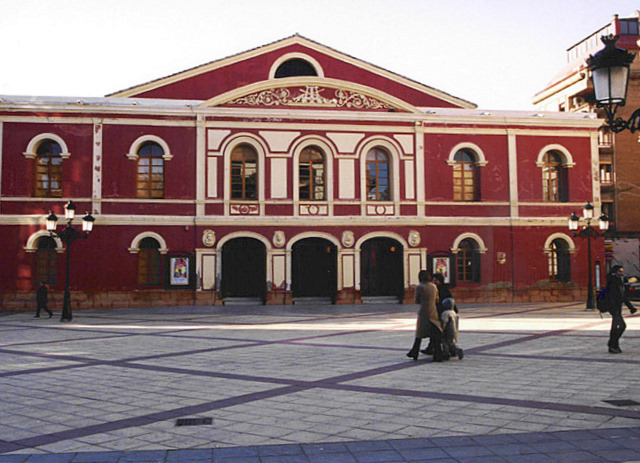
Teatro Guerra Lorca, ticketing information and map The Teatro Guerra holds the distinction of being the oldest theatre in the Region of Murcia, having opened in its current format in 1861. In architectural terms it's a typical building of the period, with a central courtyard, and is lavishly decorated with paintings by Lorca artist Manuel Muñoz Barberán The box office opens on weekdays from 11.00 to 14.00 and in the evenings between Monday..
READ MORE